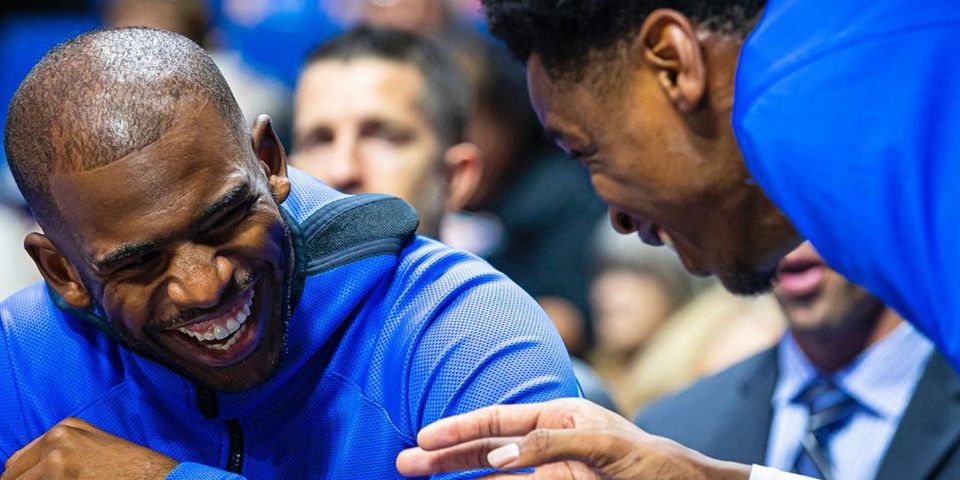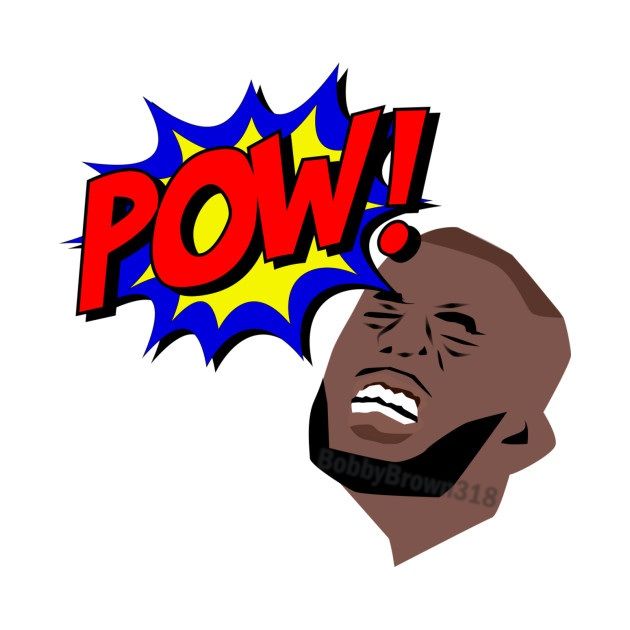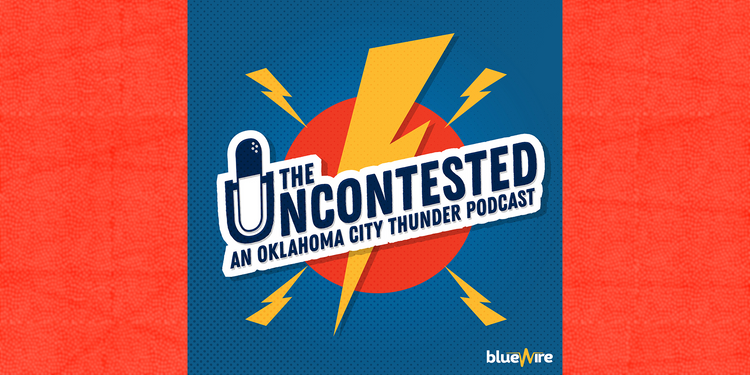What’s Up With Chris Paul?

Guest post from Clemente Almanza.
When Chris Paul came to Oklahoma City in the blockbuster trade that dealt away Russell Westbrook to Houston, many fans thought Paul would attempt to take over Westbrook’s role in being the face of the franchise as the Thunder turned the page. That has been the case so far this season off the court, with CP3 taking on a leadership role and taking younger players like Shai Gilgeous-Alexander under his wing.
But on the court? Not so much. Paul has taken a back seat in the team’s offense.
At the time of this writing, his statistical profile compares poorly with his two-season tenure with the Rockets.
[supsystic-tables id=5]
As you can see with the traditional box score numbers, Paul has declined on nearly every metric the past three years because of his age and injury issues. Paul has lost a step.
The advanced statistics also show Paul’s decline:
[supsystic-tables id=6]

Down across the board. His usage has decreased in recent years, understandable in Houston since he was playing behind one of the highest volume players in NBA history (James Harden). But his low usage this season, ranked fifth on the team, has been a surprise. Many assumed that Paul would return to being the focal point of the team’s offense, but that hasn’t been the case. The 34 year old might be looking to save his legs in case he does end up getting traded to a playoff contender.
On the positive side, his win shares per-48 is much higher this season that last. He’s also been better on defense than in Houston, improving to 0.9 in DBPM within that overall box score plus-minus.
Paul’s shooting numbers started to decline in his second season with the Rockets but have resurrected with the Thunder. You have to wonder how much of that has to do with the fact that Paul isn’t taking as many three pointers as he did with Houston. Paul took over six three point attempts a game as a Rocket; he has only taken 4.7 attempts a game with the Thunder.
Below are the percentage of Paul’s shot package for all non-three-pointer distances, followed by his percentage making those shots.
[supsystic-tables id=7]
Paul’s outside shooting seemed to erode over the past few seasons, and because of that his efficiency numbers took a big hit while playing in a three point heavy offense. Paul’s efficiency numbers with OKC have looked better than last season because the amount of long distance shots have decreased while the amount of close range shots have increased. His FGA% from two was 51.6% in two seasons with the Rockets, compared to 57.1% with the Thunder this season.
The other major part of Paul’s game that has gotten worse is his facilitating. Paul is one of the greatest point guards in NBA history and a large part of that has to do with his elite ability to pass and take care of the ball. Paul is currently second in NBA history with an assist percentage
2at 46.2%. But in recent seasons, that skill set has slowly declined for Paul.
Some passing statistics and how they would rank for Paul’s career:
[supsystic-tables id=8]
Paul is also having his worst assist-to-turnover ratio this season at 1.7. All these stats seem to indicate that Paul’s passing and decision making skills have been declining. Paul might be aware of that, which would explain his willingness to take a smaller role on this team.
Here’s his play-type frequency / points per possession / league-rank percentile:
[supsystic-tables id=9]
Paul’s isolation frequency has decreased significantly with the Thunder. This could be a result of getting away from the Rockets’ iso heavy offense, or Paul realizing he can’t beat his man off the dribble as efficiently as he used to. Paul was one of the best isolation players in the NBA last season (91st percentile), but has started the 2019-20 campaign as one of the worst (18th percentile). Paul’s pick & roll handling is going extremely well this season, but it’s notable how awful Paul’s transition game has aged at the 1.9 percentile this season.
Playing nice
Chris Paul is still a good NBA point guard. He can still step up in the situation when he has to, as in clutch situations where he leads the Thunder in points at 2.5 per game. But for now, Paul is content with taking a back seat and letting the other players take the responsibility of being the primary option. Aside from conserving himself for a playoff run, he could also be trying to reshape his image around the league of being a player tough to play with.
So far, the Paul/Thunder relationship has gone as smoothly as hoped for. For the inevitable divorce between the two parties to benefit both (for Paul, landing with a playoff contender; for the Thunder, sending him out Paul without attaching assets), he will need to show his game hasn’t aged badly enough to make his contract even more of an albatross.


